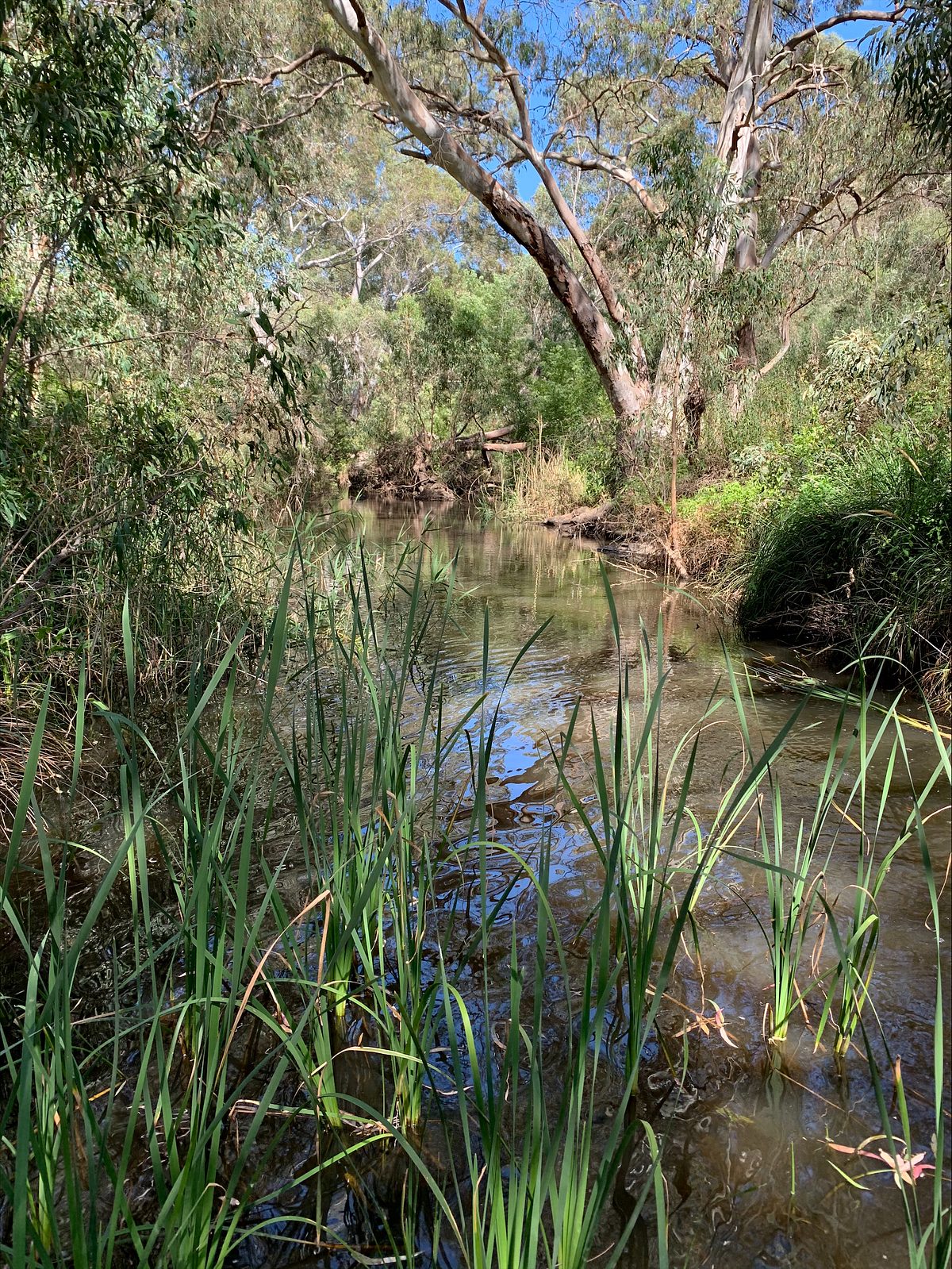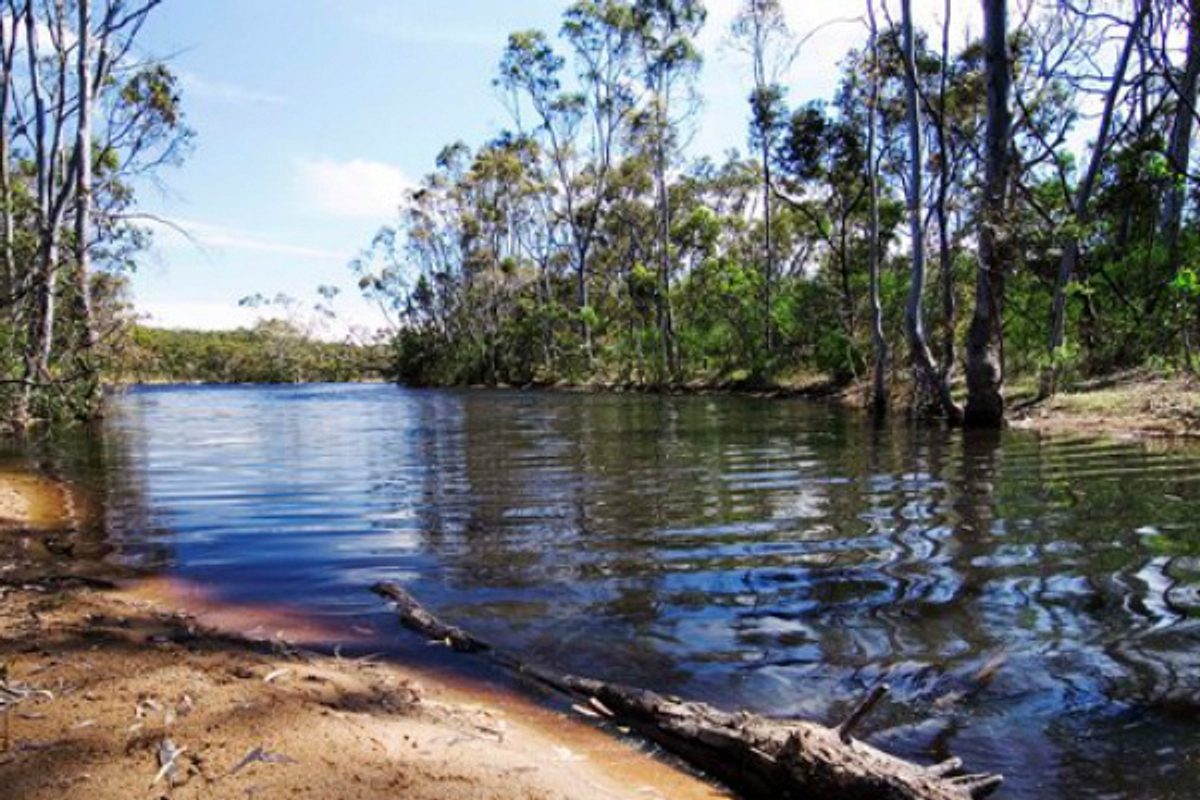Water planning
Managing water is important for environmental and health benefits along with social wellbeing and supporting an economy worth billions of dollars.
What is a water allocation plan?
A water allocation plan (WAP) ensures water resources are allocated fairly and secures sustainable water supplies for the community, industry and the environment for future generations.A WAP is developed in consultation with the community, industry and key stakeholders for each water resource identified as being significant, or ‘prescribed’, under the Landscape South Australia Act 2019. It sets the amount of water that will be available, how that water may be allocated to users, and the types of activities that are permitted with that water. Once a WAP is in place, water users can apply for a licence, transfer water between users and a range of other activities, subject to the rules and limits of the WAP.
Why WAPs are important
Water is a precious resource. There is a limit to how much is available for use on an ongoing basis, and so it is important to provide certainty to current and future users of water, particularly to those whose livelihoods depend on it. A WAP provides that certainty. WAPs give consideration to the environment, social and economical needs, and seek to ensure long-term sustainability and security.
Water allocation plans in the region
The Hills and Fleurieu Landscape Board is currently evaluating the Eastern Mount Lofty Ranges and the Western Mount Lofty Ranges Water Allocation Plans. For more information click here.
Farmers talk about water allocation planning
Water allocation planning is not new and many plans are already in place to protect water resources across South Australia. See a number of farmers talk about their experiences.

Mount Lofty Ranges Water Allocation Plans Review and Amendment

Water allocation planning

Permits and licences

